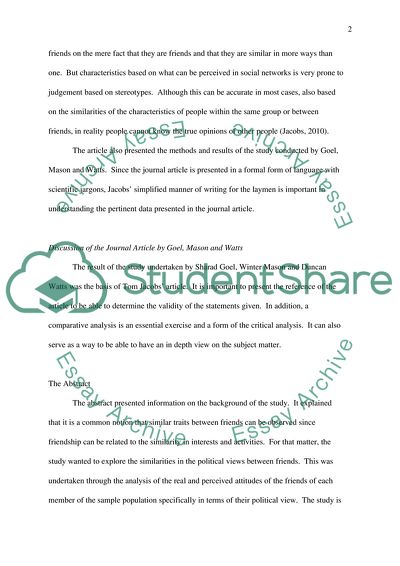Cite this document
(Facebook Friendships Based on Assumptions by Tom Jacobs Article, n.d.)
Facebook Friendships Based on Assumptions by Tom Jacobs Article. Retrieved from https://studentshare.org/media/1745069-critical-report
Facebook Friendships Based on Assumptions by Tom Jacobs Article. Retrieved from https://studentshare.org/media/1745069-critical-report
(Facebook Friendships Based on Assumptions by Tom Jacobs Article)
Facebook Friendships Based on Assumptions by Tom Jacobs Article. https://studentshare.org/media/1745069-critical-report.
Facebook Friendships Based on Assumptions by Tom Jacobs Article. https://studentshare.org/media/1745069-critical-report.
“Facebook Friendships Based on Assumptions by Tom Jacobs Article”. https://studentshare.org/media/1745069-critical-report.


